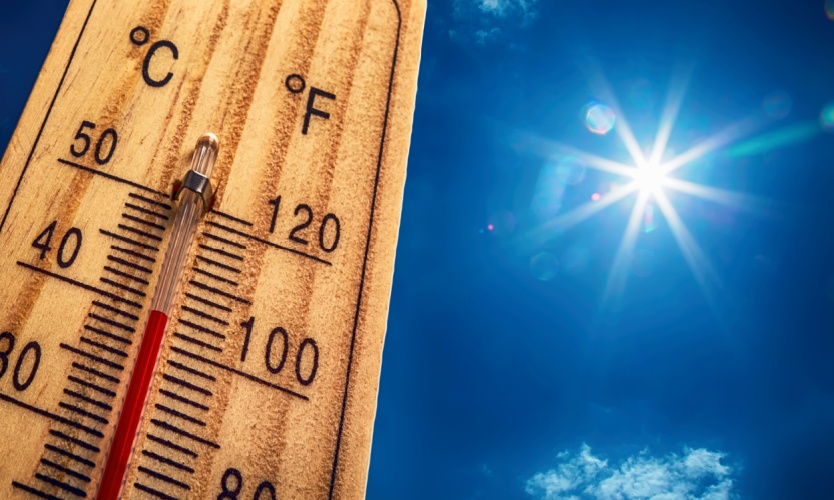Fault lines show in public hearing on OSHA’s heat standard
- October 31, 2025
- Posted by: Web workers
- Category: Workers Comp

The first two speakers set the tone Monday at a virtual public hearing on a proposed federal workplace heat standard that pitted pro-worker organizations against those representing employers.
“Heat has been a longstanding hazard in workplaces, which has only been made worse by climate change,” said Rebecca Reindel, director of occupational safety and health for the AFL-CIO, representing 63 unions and 15 million members.
Moments later, Marc Freedman, vice president, workplace policy at the U.S. Chamber of Commerce, told the U.S. Labor Department panel that workers need to be protected but that “OSHA’s steps to address the issue beyond their current guidance of rest, water and shade, must be both consistent with the agency’s regulatory authority and feasible for the country’s millions of employers in different climates.”
The hearing is for the Occupational Safety and Health Administration’s proposed standard Heat Injury and Illness Prevention in Outdoor and Indoor Work Settings. The hearing continued Tuesday and is slated to end July 2. The panel will take recommendations and possibly revise the standard as part of a process that typically takes years.
Worker organizations have called for stronger rules and enhancements, while employer groups argue that the OSHA proposal is too stringent, unfeasible and expensive.
The proposed standard, which the Biden administration introduced in August 2024, would apply to all employers conducting outdoor and indoor work in all general industry, construction, maritime and agriculture sectors where OSHA has jurisdiction, with some exceptions.
The standard would require employers to create a plan to evaluate and control heat hazards in their workplaces, with rules calling for everything from acclimation times and rest breaks to shade requirements and recordkeeping, all generally taking effect once temperatures rise above 80 degrees.
As of Tuesday, 24,520 people and organizations had submitted comments, and 980 organizations submitted formal documents for the docket.
OSHA legal experts said they expected much debate over the standard, which many argue is too broad and applies to too many industries, while many others say OSHA has not done enough to protect workers subject to high heat.
“That contrast (in opinions) is not anything unexpected,” said John Ho, New York-based co-chair of the OSHA Workplace Safety Practice at law firm Cozen O’Connor P.C. “What surprised some of us is that OSHA set this public hearing during the Biden administration, and it’s taking place.”
In January, the Trump administration temporarily paused all rulemaking efforts, but in April, it allowed the scheduling of public hearings on the heat standard. Many have said that if the federal government reneges on its efforts to establish heat rules for workplaces, the task will be left to states. More than a dozen states and municipalities have already enacted workplace heat rules.
Many organizations are seeking clarification and modifications to the proposal, said Anthony Abron, a Washington-based government affairs manager for the National Safety Council.
“Primarily, everyone is on board with the fact that no one should die at work because temperatures are in excess,” Mr. Abron said, adding that the issue will “always will come down to a performance standard versus a more prescriptive standard.”
“Performance standards occur when OSHA gives a framework and allows employers to find their way within that framework,” he said. “And then sometimes the prescriptions are easier for some businesses, because they just want to know what the rule is. Yet some industries might find that it is too narrow or too hard for their operations. And so that’s where a lot of the discussion is: How do we make this work for us?”



